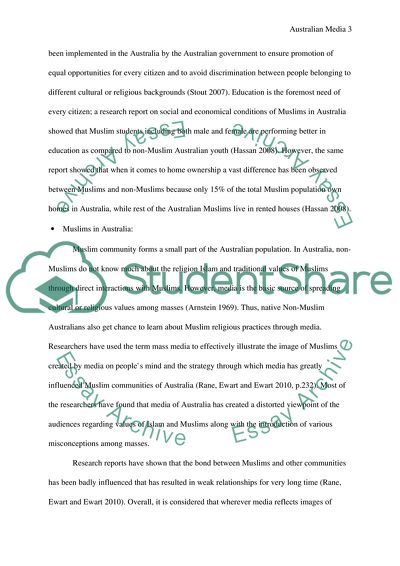Cite this document
(Influence of Australian Media Specifically on Muslim Communities Coursework, n.d.)
Influence of Australian Media Specifically on Muslim Communities Coursework. https://studentshare.org/media/1767277-australian-media-and-how-they-affect-the-exclusion-of-communities-of-the-australian-community-especially-the-australian-muslim-community
Influence of Australian Media Specifically on Muslim Communities Coursework. https://studentshare.org/media/1767277-australian-media-and-how-they-affect-the-exclusion-of-communities-of-the-australian-community-especially-the-australian-muslim-community
(Influence of Australian Media Specifically on Muslim Communities Coursework)
Influence of Australian Media Specifically on Muslim Communities Coursework. https://studentshare.org/media/1767277-australian-media-and-how-they-affect-the-exclusion-of-communities-of-the-australian-community-especially-the-australian-muslim-community.
Influence of Australian Media Specifically on Muslim Communities Coursework. https://studentshare.org/media/1767277-australian-media-and-how-they-affect-the-exclusion-of-communities-of-the-australian-community-especially-the-australian-muslim-community.
“Influence of Australian Media Specifically on Muslim Communities Coursework”. https://studentshare.org/media/1767277-australian-media-and-how-they-affect-the-exclusion-of-communities-of-the-australian-community-especially-the-australian-muslim-community.


